They just needed a little light.
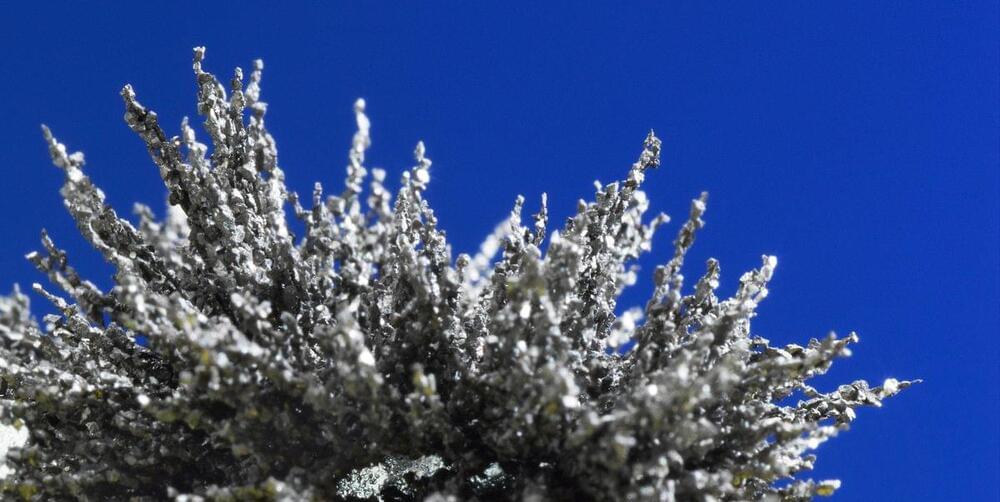

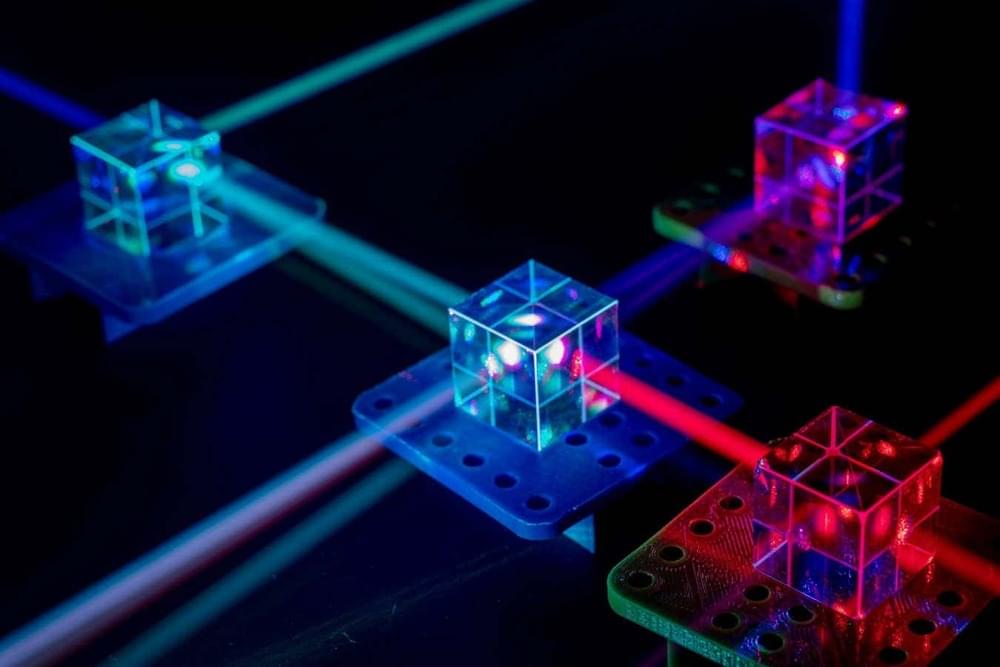
A huge number of ultracold atoms have been corralled into a grid that could form the basis of the next largest quantum computer.
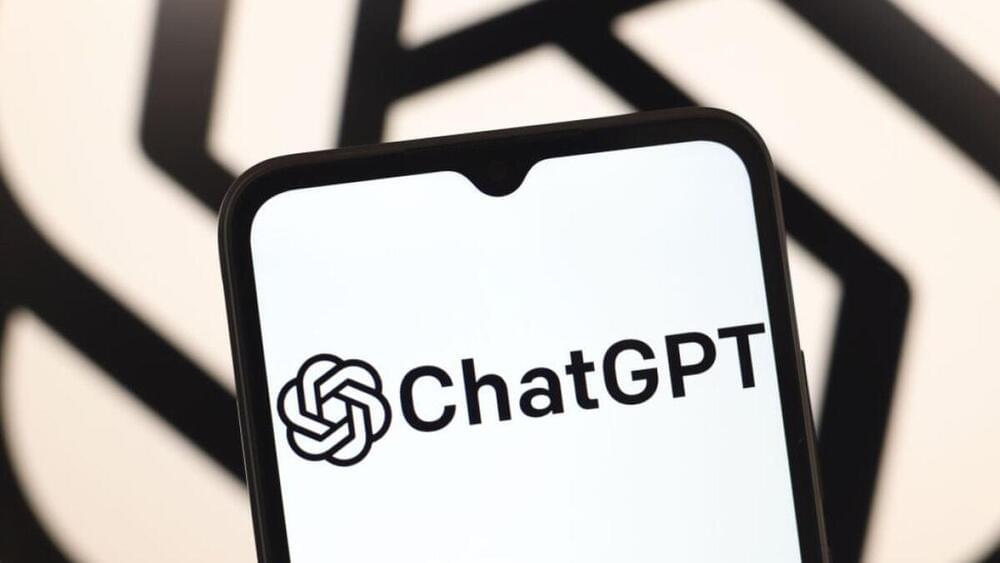
Just as ChatGPT signaled an inflection point for AI to enter the mainstream; robots may be nearing a similar breakout moment.

In today’s AI news, Synthesia, a generative AI start-up based in Britain, has raised $180 million valuing it at $2.1 billion. The company uses artificial intelligence to create lifelike human faces and speech that are almost indistinguishable from real video but do not need cameras, actors or film studios.
And, shortly after OpenAI released o1, its first “reasoning” AI model, people began noting a curious phenomenon. The model would sometimes begin “thinking” in Chinese, Persian, or some other language — even when asked a question in English.
Then, MiniMax is perhaps today best known here in the U.S. as the Singaporean company behind Hailuo, a realistic, high-resolution generative AI video model. Today, for instance, it announced the release and open-sourcing of the MiniMax-01 series, a new family of models built to handle ultra-long contexts and enhance AI agent development.
Meanwhile, Google’s Gemini AI has quietly upended the AI landscape, achieving a milestone few thought possible: The simultaneous processing of multiple visual streams in real time. This breakthrough — which allows Gemini to not only watch live video feeds but also to analyze static images simultaneously — emerged from an experimental application called “AnyChat.”
In videos, IBM’s Luv Aggarwal discusses the importance of data creation, organization, storage, integration, and analytics in creating a seamless data flow that enables data-driven insights. Dive into the world of data flow and discover the key to harmonious business operations.
Eric Schmidt’s new secret project is an AI video platform called “Hooglee”. The billionaire technologist has quietly founded a startup that aims to “bring people closer, simplify communication, and enhance engagement” through artificial intelligence.
Re utilizing AI in the services and hospitality sector that include helping to manage crews and even predict demand. They speak with Caroline Hyde on “Bloomberg Technology”, about integrating AI in hospitality. ‘ + We close out with, tech visionary Martin Warner exploring the future of human potential in an AI-driven world, at TEDxSwansea. As artificial general intelligence rapidly evolves, Warner offers a compelling roadmap to outsmart machines, adapt, and thrive. This insightful guide will inspire optimism about how humanity can harness AI’s power while keeping the human spirit at the forefront.

Gamma oscillations in the brain reveal pain intensity, driven by PV interneurons in the somatosensory cortex. New research highlights their role as biomarkers and therapeutic targets for pain management.
Summary: Parvalbumin (PV) interneurons in the primary somatosensory cortex (S1) have been identified as key players in encoding pain intensity and driving gamma oscillations, according to a study. Cross-species experiments confirmed that gamma oscillations in S1 selectively reflect pain levels in humans and are linked to PV interneuron activity in rodents.
Optogenetic manipulation of these interneurons demonstrated their ability to modulate pain-related behaviors, solidifying their role in pain processing. The findings establish a direct connection between PV interneurons and gamma oscillations, highlighting their potential as a biomarker and target for pain therapies.
Watch Firefly Aerospace’s Blue Ghost lunar lander lift off from NASA’s Kennedy Space Center in Florida on a SpaceX Falcon 9 rocket. SpaceX and Firefly Aerospace are targeting 1:11 a.m. EST (0611 UTC) Wednesday, Jan. 15, 2025, for launch. The lander will carry 10 NASA science investigations to the Moon’s surface.
Following launch, the lander will spend approximately 45 days in transit to the Moon before landing on the lunar surface in early March 2025. The 10 NASA payloads aboard the lander aim to test and demonstrate lunar subsurface drilling technology, regolith sample collection capabilities, global navigation satellite system abilities, radiation tolerant computing, and lunar dust mitigation methods.
The results of these investigations could help further our understanding of the Moon’s environment and help prepare for future human missions to the lunar surface as part of the agency’s Moon to Mars exploration approach.
For more information about our Commercial Lunar Payload Services initiative, visit: https://www.nasa.gov/commercial-lunar…
Credit: NASA
#NASA #Moon #Artemis
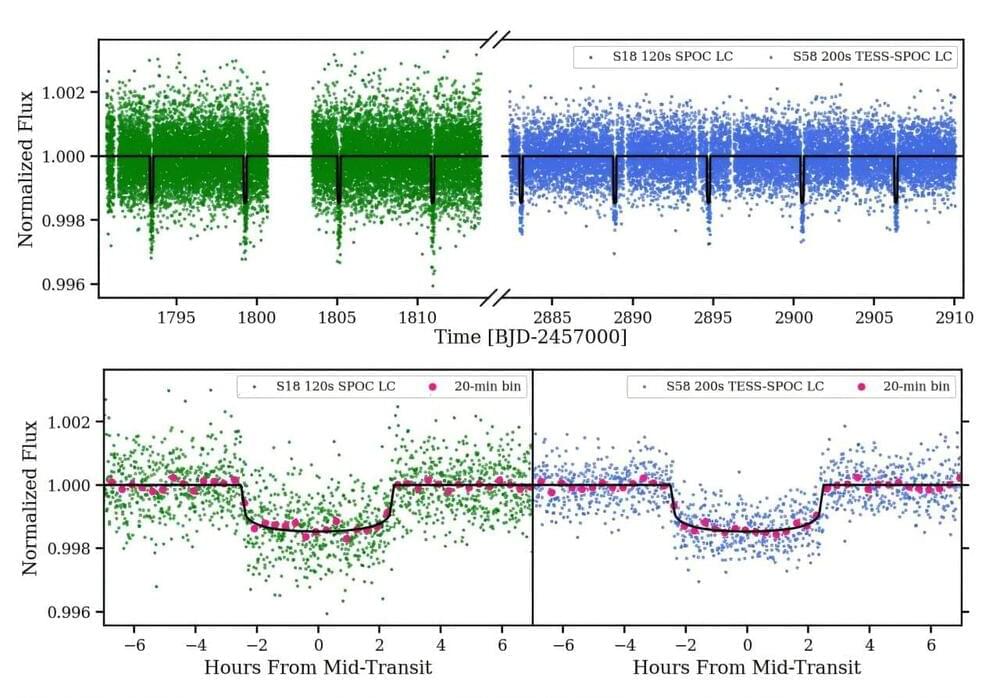
An international team of astronomers has reported the detection of a new exoplanet orbiting a bright late F-type star. The newfound alien world, designated TOI-6038 A b, is about six times larger and nearly 80 times more massive than Earth. The finding is detailed in a paper published Jan. 4 on the arXiv preprint server.
NASA’s Transiting Exoplanet Survey Satellite (TESS) is conducting a survey of about 200,000 of the brightest stars near the sun with the aim of searching for transiting exoplanets. So far, it has identified nearly 7,400 candidate exoplanets (TESS Objects of Interest, or TOI), of which 591 have been confirmed so far.
Now, a group of astronomers led by Sanjay Baliwal of the Physical Research Laboratory (PRL) in Ahmedabad, India, reports the confirmation of another planet monitored by TESS. Baliwal’s team has identified a transit signal in the light curve of TOI-6038 A—a late F-type star about 578 light-years away. The planetary nature of this signal was validated by follow-up observations using the 2.5m telescope at the PRL Observatory in India.
Once upon a time, the core of a massive star collapsed, creating a shockwave that blasted outward, ripping the star apart as it went. When the shockwave reached the star’s surface, it punched through, generating a brief, intense pulse of X-rays and ultraviolet light that traveled outward into the surrounding space. About 350 years later, that pulse of light has reached interstellar material, illuminating it, warming it, and causing it to glow in infrared light.
NASA’s James Webb Space Telescope has observed that infrared glow, revealing fine details resembling the knots and whorls of wood grain. These observations are allowing astronomers to map the true 3D structure of this interstellar dust and gas (known as the interstellar medium) for the first time.
“We were pretty shocked to see this level of detail,” said Jacob Jencson of Caltech/IPAC in Pasadena, principal investigator of the science program.
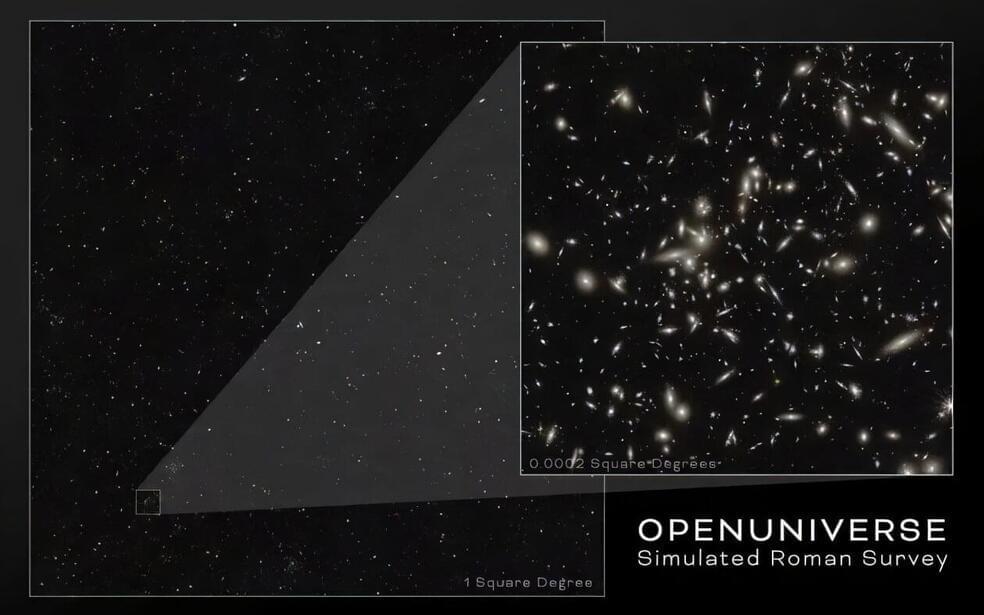
Astronomers have released a set of more than a million simulated images showcasing the cosmos as NASA’s upcoming Nancy Grace Roman Space Telescope will see it. This preview will help scientists explore Roman’s myriad science goals.
“We used a supercomputer to create a synthetic universe and simulated billions of years of evolution, tracing every photon’s path all the way from each cosmic object to Roman’s detectors,” said Michael Troxel, an associate professor of physics at Duke University in Durham, North Carolina, who led the simulation campaign. “This is the largest, deepest, most realistic synthetic survey of a mock universe available today.”
The project, called OpenUniverse, relied on the now-retired Theta supercomputer at the DOE’s (Department of Energy’s) Argonne National Laboratory in Illinois. In just nine days, the supercomputer accomplished a process that would take over 6,000 years on a typical computer.